Trusted by enterprises across the globe
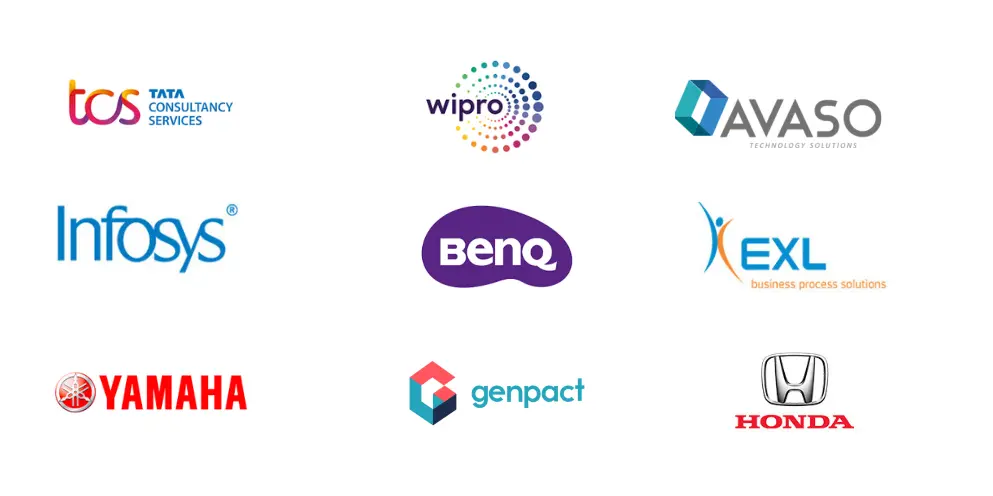

Designed for all your training needs

Flexible On-Demand Group Learning
Flexible, corporate learning for groups, accessible anytime, anywhere.

Instructor-Led Live, Online Training
Real-time, interactive classes taught by SME via web conferencing.

Independent Self-Paced Learning
Individual learning at your own speed, with access to digital materials.

Customized On-Site Training
Customized, face-to-face training sessions delivered at your location.
Curriculum Designed by Experts
Multisoft Virtual Academy’s Salesforce Certified Data Architect Corporate Training is a specialized program crafted for teams and professionals who want to excel in designing scalable and secure data models within Salesforce. This course covers everything from data modeling, sharing and visibility, to data management and integration. Delivered by certified experts through instructor-led online training, it combines real-time examples, hands-on practice, and industry scenarios to prepare your team for certification and workplace success. Whether you're aiming to improve system performance or align data strategies with business goals, this course is your gateway to becoming a Salesforce data architecture expert.
Salesforce Certified Data Architect training is a specialized program designed to equip professionals with expertise in Salesforce data modeling, management, integration, security, and governance. The course provides comprehensive knowledge and hands-on practice essential for designing scalable data solutions, ensuring data integrity, and successfully passing the Salesforce certification exam, preparing individuals to effectively manage complex data environments within Salesforce.
- Compare and contrast various techniques and considerations for designing a data model for the Customer 360 Platform. (for example, objects, fields & relationships, object features).
- Given a scenario, recommend approaches and techniques to design a scalable data model that obeys the current security and sharing model.
- Compare and contrast various techniques, approaches and considerations for capturing and managing business and technical metadata (for example, business dictionary, data lineage, taxonomy, data classification).
- Compare and contrast the different reasons for implementing big objects versus standard/custom objects within a production instance, alongside the unique pros and cons of utilizing big objects in a Salesforce data model.
- Given a customer scenario, recommend approaches and techniques to avoid data skew (record locking, sharing calculation issues, and excessive child to parent relationships).
- Compare and contrast the various techniques, approaches and considerations for implementing master data management (MDM) Solutions (for example, MDM implementation styles; harmonizing and consolidating data from multiple sources; establishing data survivorship rules, thresholds and weights; leveraging external reference data for enrichment; canonical modeling techniques, hierarchy management).
- Given a customer scenario, recommend and use techniques for establishing a "golden record" or "system of truth" for the customer domain in a single org.
- Given a customer scenario, recommend approaches and techniques for consolidating data attributes from multiple sources. Discuss criteria and methodology for picking the winning attributes.
- Given a customer scenario, recommend appropriate approaches and techniques to capture and maintain customer reference and metadata to preserve traceability and establish a common context for business rules.
- Given a customer scenario, recommend appropriate combination of Salesforce license types to effectively leverage standard and custom objects to meet business needs.
- Given a customer scenario, recommend techniques to ensure data is persisted in a consistent manner.
- Given a scenario with multiple systems of interaction, describe techniques to represent a single view of the customer on the Salesforce Platform.
- Given a customer scenario, recommend a design to effectively consolidate and/or leverage data from multiple Salesforce instances.
- Given a customer scenario, recommend an approach for designing a General Data Protection Regulation (GDPR) compliant data model. Discuss the various options to identify, classify, and protect personal and sensitive information.
- Compare and contrast various approaches and considerations for designing and implementing an enterprise data governance program.
- Given a customer scenario, design a data model that scales considering LDV and solution performance.
- Given a customer scenario, recommend a data archiving and purging plan that is optimal for the customer's data storage management needs.
- Given a customer scenario, decide when to use virtualized data and describe virtualized data options.
- Given a customer scenario, recommend appropriate techniques and methods for ensuring high data quality at load time.
- Compare and contrast various techniques for improving performance when migrating LDVs into Salesforce.
- Compare and contrast various techniques and considerations for exporting data from Salesforce.
Free Career Counselling
We are happy to help you 24/7Multisoft Corporate Training Features
Outcome centric learning solutions to meet changing skill-demand of your organizationWide variety of trainings to suit business skill demands
360° learning solution with lifetime access to e-learning materials
Choose topics, schedule and even a subject matter expert
Skilled professionals with relevant industry experience
Customized trainings to understand specific project requirements
Check performance progress and identify areas for development
Free Salesforce Certified Data Architect Corporate Training Assessment
Right from the beginning of learning journey to the end and beyond, we offer continuous assessment feature to evaluate progress and performance of the workforce.
Try it Now

Salesforce Certified Data Architect Corporate Training Certification
Related Courses
A Role Based Approach To Digital Skilling
A roadmap for readying key roles in your organization for business in the digital age.
 Download Whitepaper
Download Whitepaper



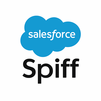
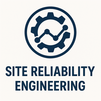
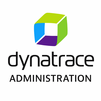


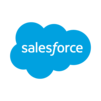


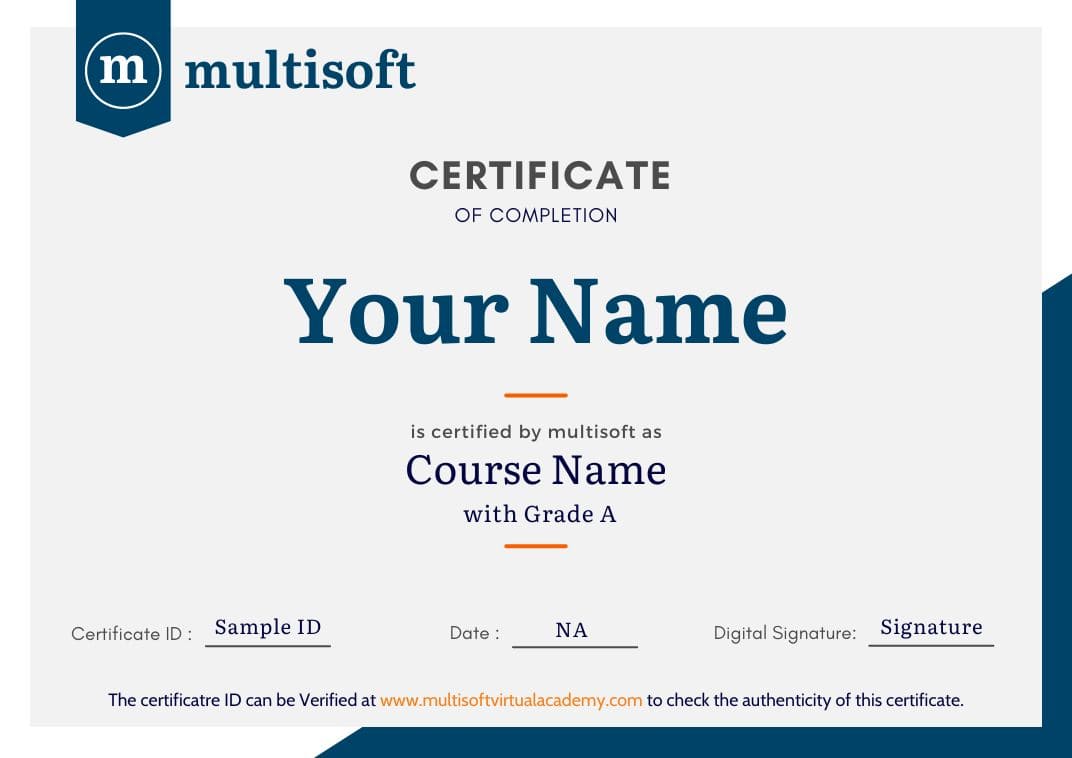
 Join our Live Instructor-Led online classes delivered by industry experts
Join our Live Instructor-Led online classes delivered by industry experts